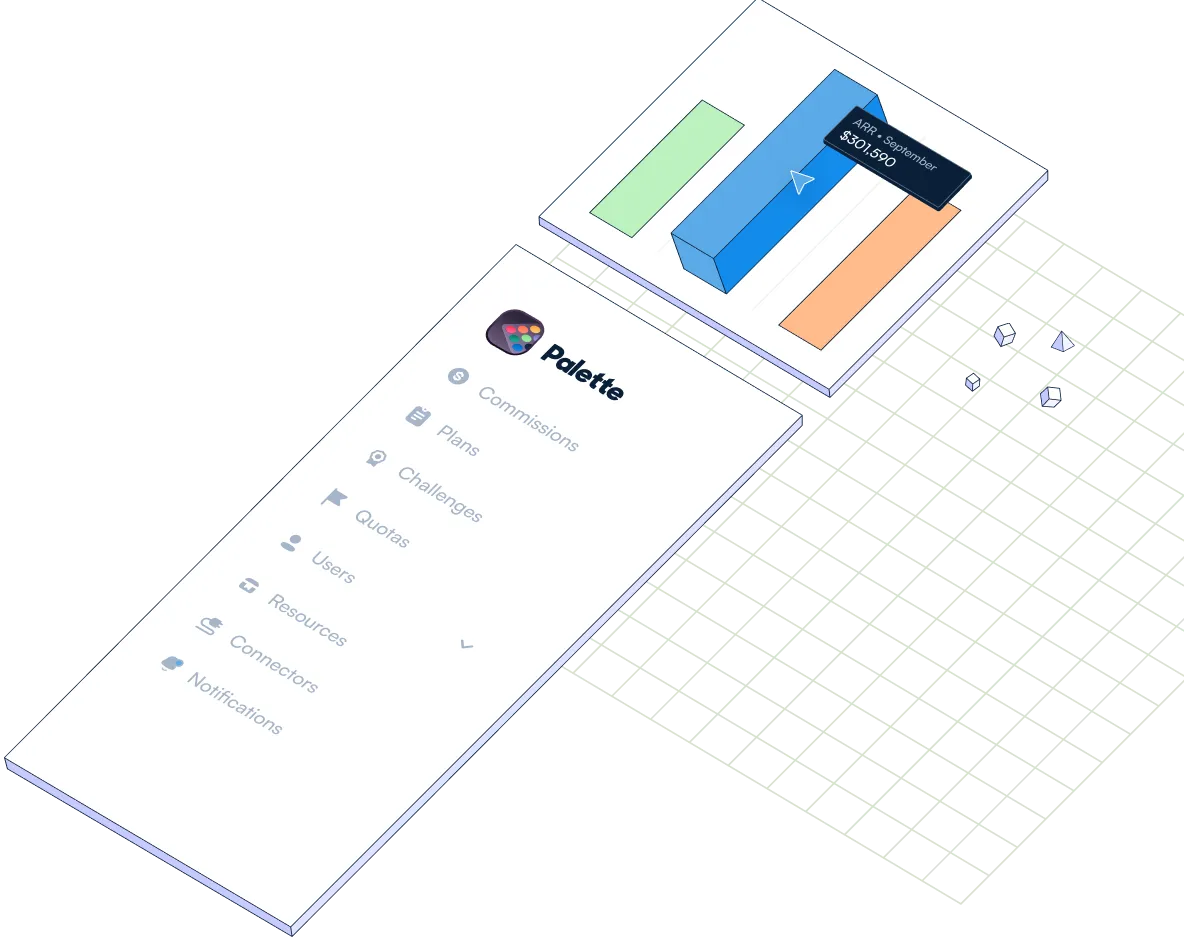7 Factors Which Should Shape Your CSM Commission Structure
Designing commission plans for customer success teams is complex and requires careful consideration of your business, product, and team. Unlike sales teams, standards for CSM comp structures vary wildly even within the same industry. This is due to the different activities, skill sets, and actions that CSMs are involved with, sometimes even within the same company. This guide provides a thorough list of variables to consider which can help you optimize the way you compensate CSMs.
The length of your sales cycle
The average length of the sales cycle is an important consideration in determining how to allocate responsibilities between customer success and sales team in areas where there may be overlap. Companies with shorter sales cycles may find it more beneficial to have CSMs own quotas for renewals and expansions. Meanwhile, companies with longer sales cycles and stronger relationships between AEs and customers might prefer to involve sales in these areas.
The size of your product portfolio
For companies with wide and complex product portfolios, it may make sense to have a sales rep and a customer success manager work together on expansion opportunities. In these situations, the CSM can bring valuable knowledge about the inner workings of these various products and how they apply to the customer’s implementation. Meanwhile, the sales rep can help ensure that revenue potential is realized. Together, these roles can help ensure the best outcome for the customer while contributing to revenue growth.
Churn rates
Customer success is a complex role which requires attention to several different KPIs and customer health scores. Churn is a complex issue requiring the attention of all departments of a company. However, CSMs can take steps to help reduce and manage churn rates. For companies with high churn rates, it may make sense to have CSMs focus more of their attention on successful implementations, helping customers realize value from the product, and driving customer adoption. In these cases, giving CSMs quotas for expansion and cross-selling may be distracting from more important goals.
CSAT Scores
Understanding customer health through metrics like CSAT scores can help determine where CSMs need to focus, and thus, what behaviors it makes sense for your business to incentivize. For companies with high overall CSAT scores, it can be helpful to look at what areas are driving customer satisfaction to determine if there are upsell or cross-sell opportunities; these can become part of CSM variable compensation plans. Meanwhile, companies with lower CSAT scores may be better off incentivizing CSMs to address these areas while working cross-functionally within the company to solve underlying issues such as product issues.
Historical Revenue Expansion Performance
Understanding how revenue expansion has occurred in the past can help set benchmarks for future performance and provide direction when a change of strategy is needed. What teams have been successful at revenue expansion in the past? Is it worth doubling down on past success? If revenue expansion has not been successful, what are the underlying reasons why? To understand this, it may be helpful to speak with customers to understand what prevented them from purchasing, to address the root cause of the problem. If the product meets customer needs but they still aren’t purchasing, it may be a pricing or competitive issue.
The Size and Scope of the Customer Success Team
Customer success teams are unique in that they require a number of different skill sets. Some CSMs are technical product experts, some excel at customer relationship building, and others may have strong sales skills. Different CSMs have different strengths, and being honest about what skills there are on your team is important in determining if it is feasible and realistic to assign CSMs revenue growth quotas. Where there are a few individuals on the customer success team who are adept at sales, it can help to set a team quota and incentivize individuals on knowledge sharing within the team. In other cases, it may help to hire CSMs who are focused on expansion and assign those individuals quotas.
Your Customer Segments
Customer profiling, demographics, and psychographics are important considerations when designing incentive plans for CMS. Understanding customer preferences around interactions, support ticket requests, response times, and more can ensure that customers are set up for success. These preferences can vary wildly between different industries, geographies, and company sizes, so taking them into account is important as you set goals for your customer success team.
There is no one size fits all structure for CSM compensation; the approach varies based on your unique business. To create the best CSM comp plan, take the nuances of your business into account and be sure to look at historical data and past performance to determine the best approach.
Why Palette?
Automate calculations
Automate sales commission payments. Create commission rules, define a payout schedule and access monthly statements for each sales rep.
Motivate and coach with real time dashboards
Motivate sales professionals with real-time visibility into commissions. Coach your team, align everybody with company goals and drive long term sales performance.
Compare, simulate and design commission plans
Roll out new commission plans with ease. Compare plans and simulate new rules with a single click.
No more errors
Palette keeps history logs and tracks every calculation detail, helping you to reduce sales commission errors.
Reconcile revenue with CRM data
With Palette you can reconcile invoices and payments with CRM data and pay commissions to your reps only when the money is in the bank.
Create challenges with one click
Incentivize your teams on short term goals. Create a challenge targeting any KPI you want to uplift, drive better results and boost your company’s culture.

Loved by teams and companies you know

















Ready to try
Palette?
